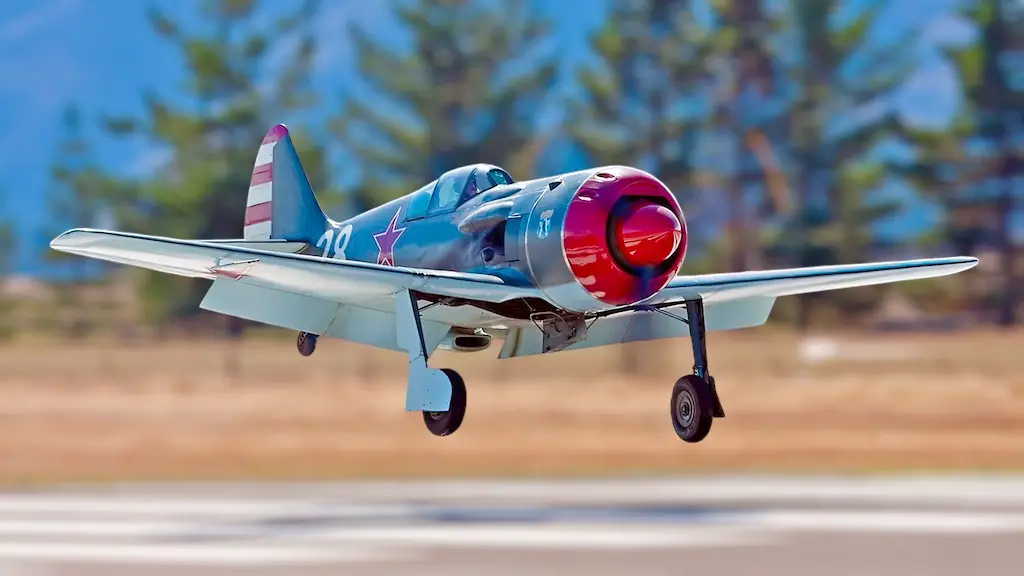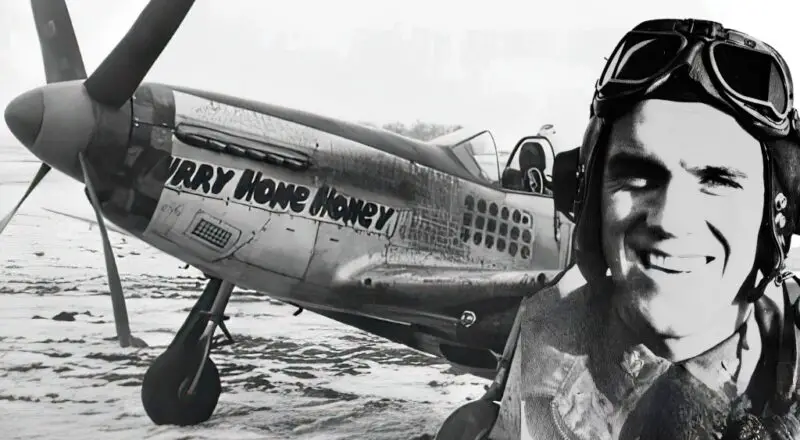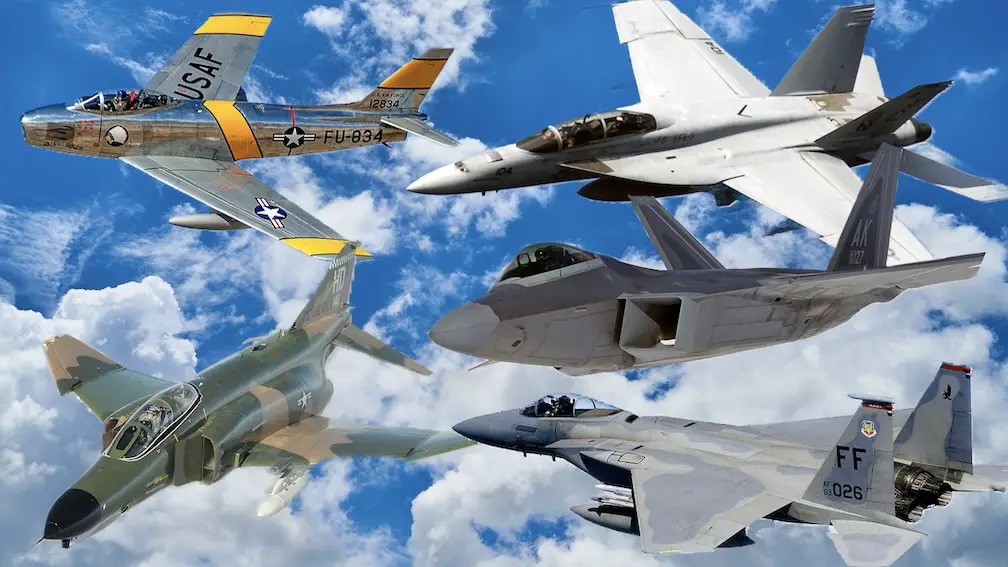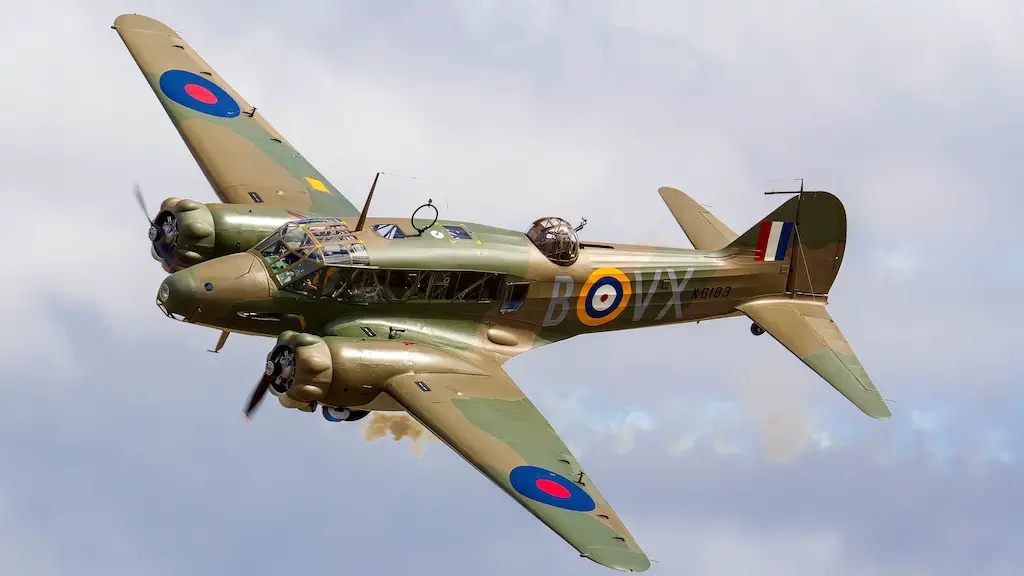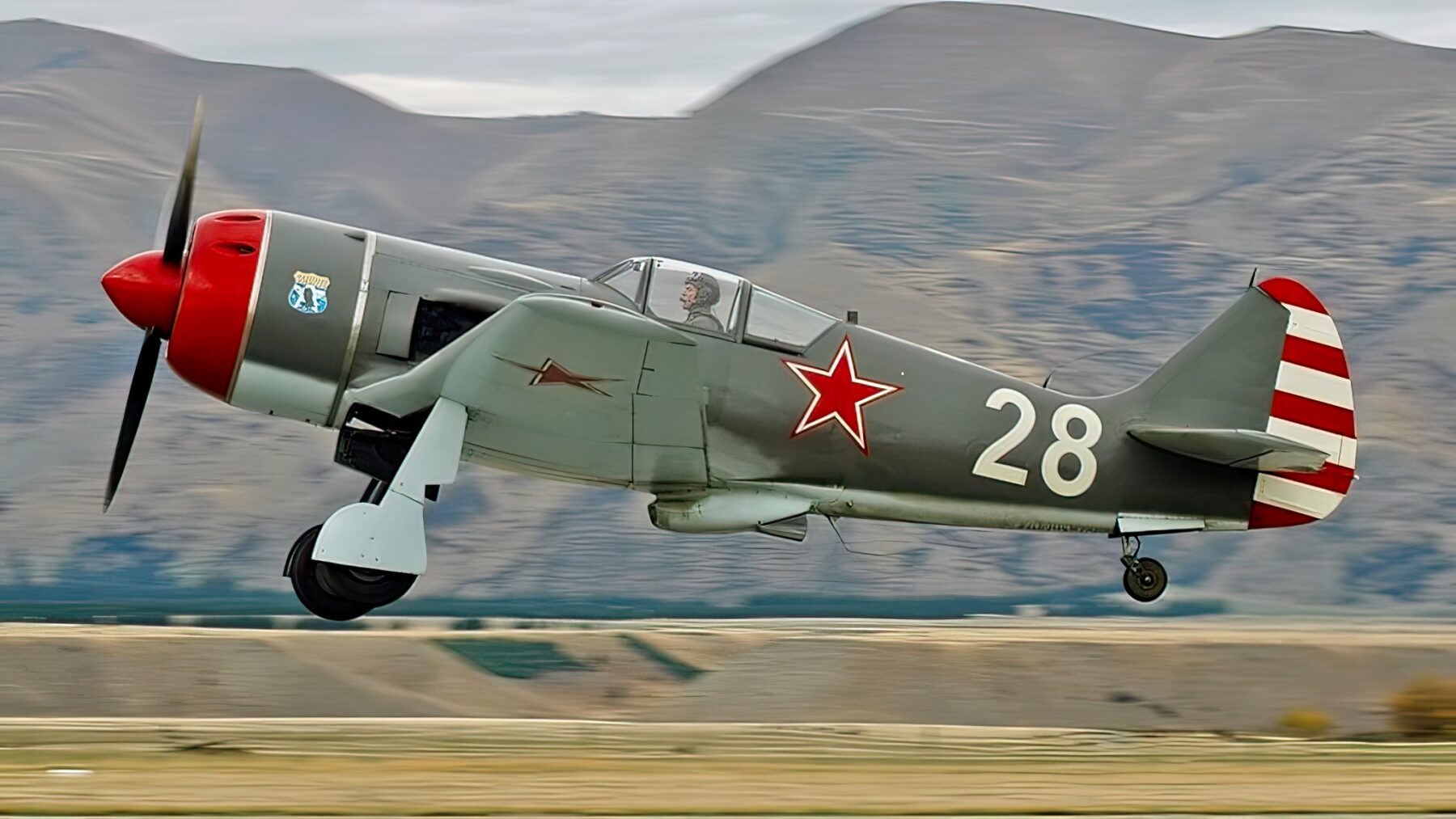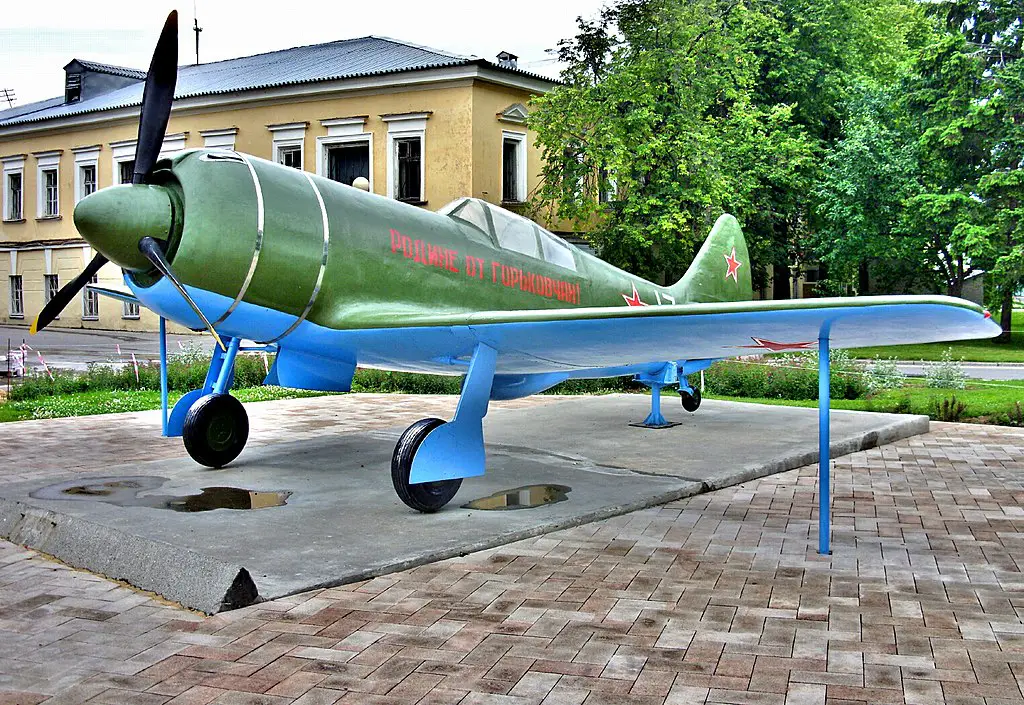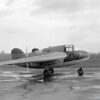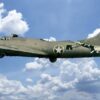Prelude to Greatness
In the dawn of the jet age, where metallic birds began to take on new shapes and technologies, the Soviet Union created one more testament to the era of piston-engine fighters. The Lavochkin La-9 emerged. It was a reminder of the past, even as the world sprinted towards the future.
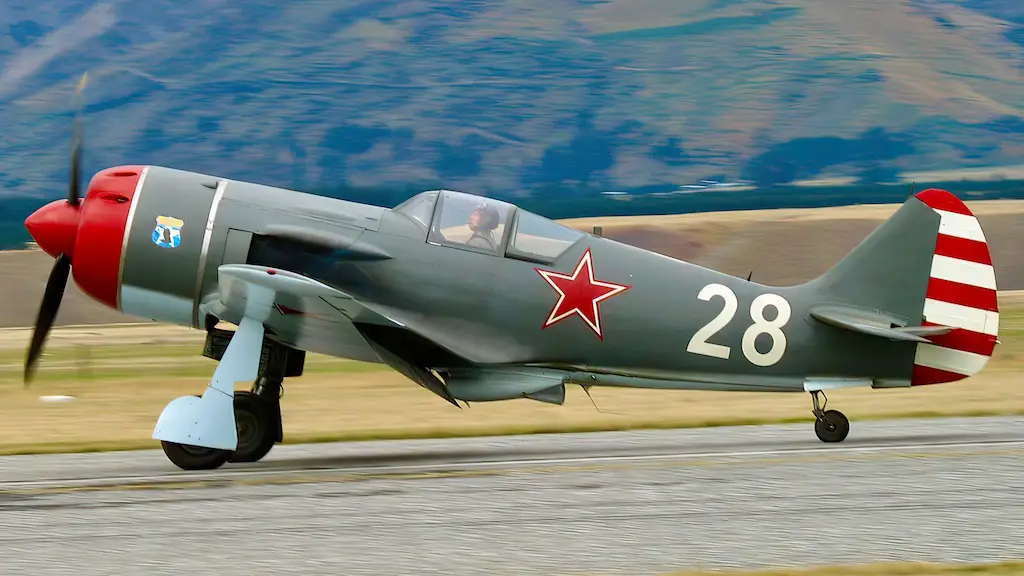
Breaking Through the Propeller Barrier
The development of the La-9 began in 1946. It was a continuation of the La-7 design that had proved so effective in World War II. But with the La-9, Lavochkin designers had an ambitious target in mind. They aimed to overcome the constraints of the previous war-era models and push piston-engine technology to its peak.
Despite the rest of the world transitioning to jet engines, Soviet engineers committed to piston-propelled fighters. Why? Part of it was practicality. Jet technology was still in its infancy, costly and unreliable. Moreover, the Soviets had built extensive expertise in piston-engine technology during WWII. And they weren’t quite ready to let that advantage slip away.
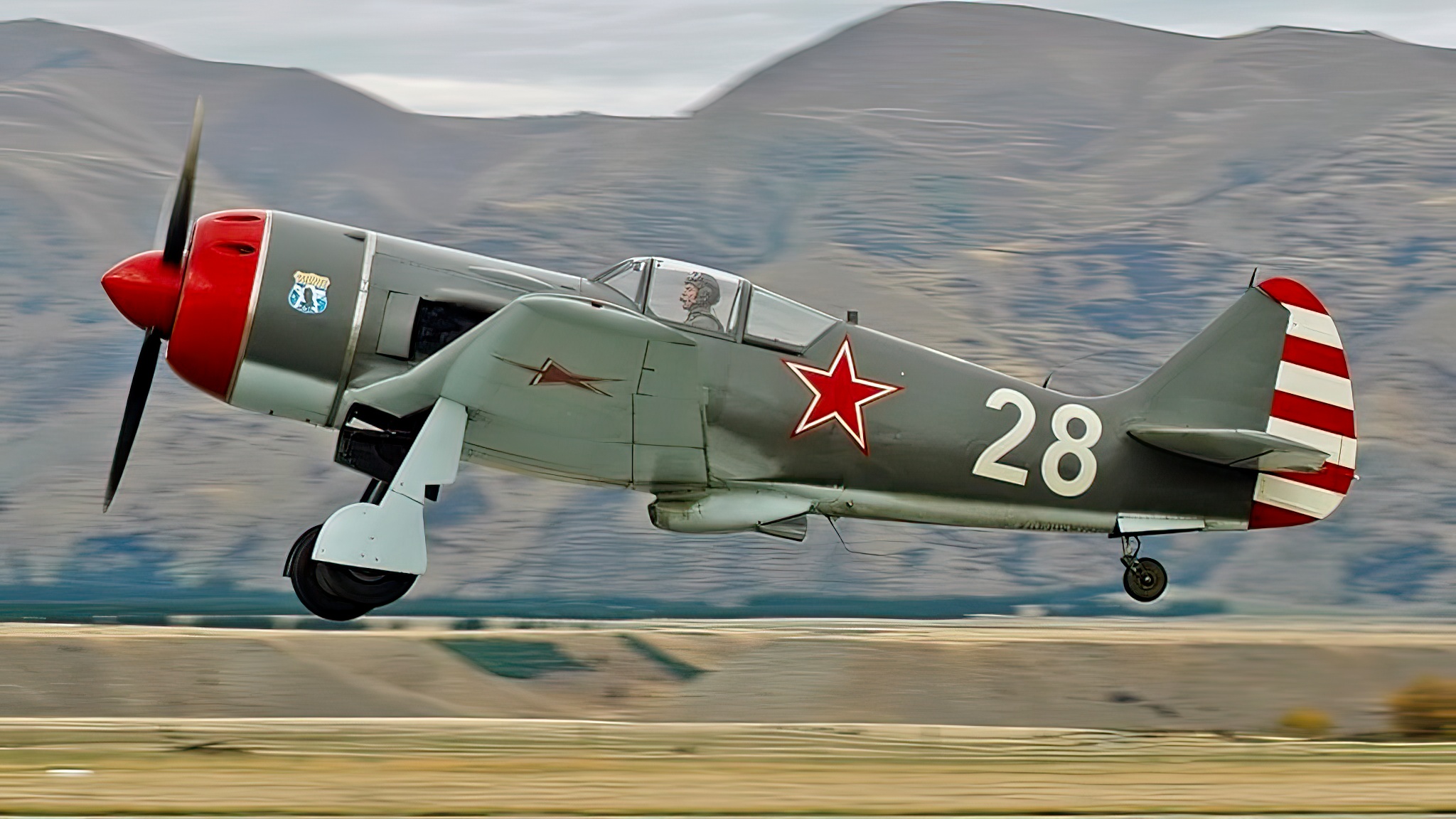
A Legacy Crafted in Metal
The La-9 was an impressive aircraft in the piston-era league. In comparison to its predecessors, it boasted a full metal construction instead of a wood and fabric build. This enhanced strength, durability, and flight performance. Its four-cannon configuration packed a serious punch. And it offered greater range and firepower than the WWII-era fighters.
The La-9 was also faster than most of its contemporaries. Its advanced aerodynamics and powerful 1850 horsepower Shvetsov ASh-82FN radial engine allowed it to reach a maximum speed of 428 mph, offering a significant edge in dogfights.
The Last Hurrah of Piston Engine Fighters
During its service life from 1946 to 1955, the La-9 proved to be an exceptional machine. It outperformed WWII-era Soviet fighters in almost every aspect. It was faster, packed more firepower, and had a superior range.
Yet, despite its success, the La-9 was part of a dying breed. The world was rapidly moving towards jet engines. They offered greater speed, altitude, and overall performance. The La-9 was a stellar piston-engined fighter, but it couldn’t compete with the emerging jet fighters.
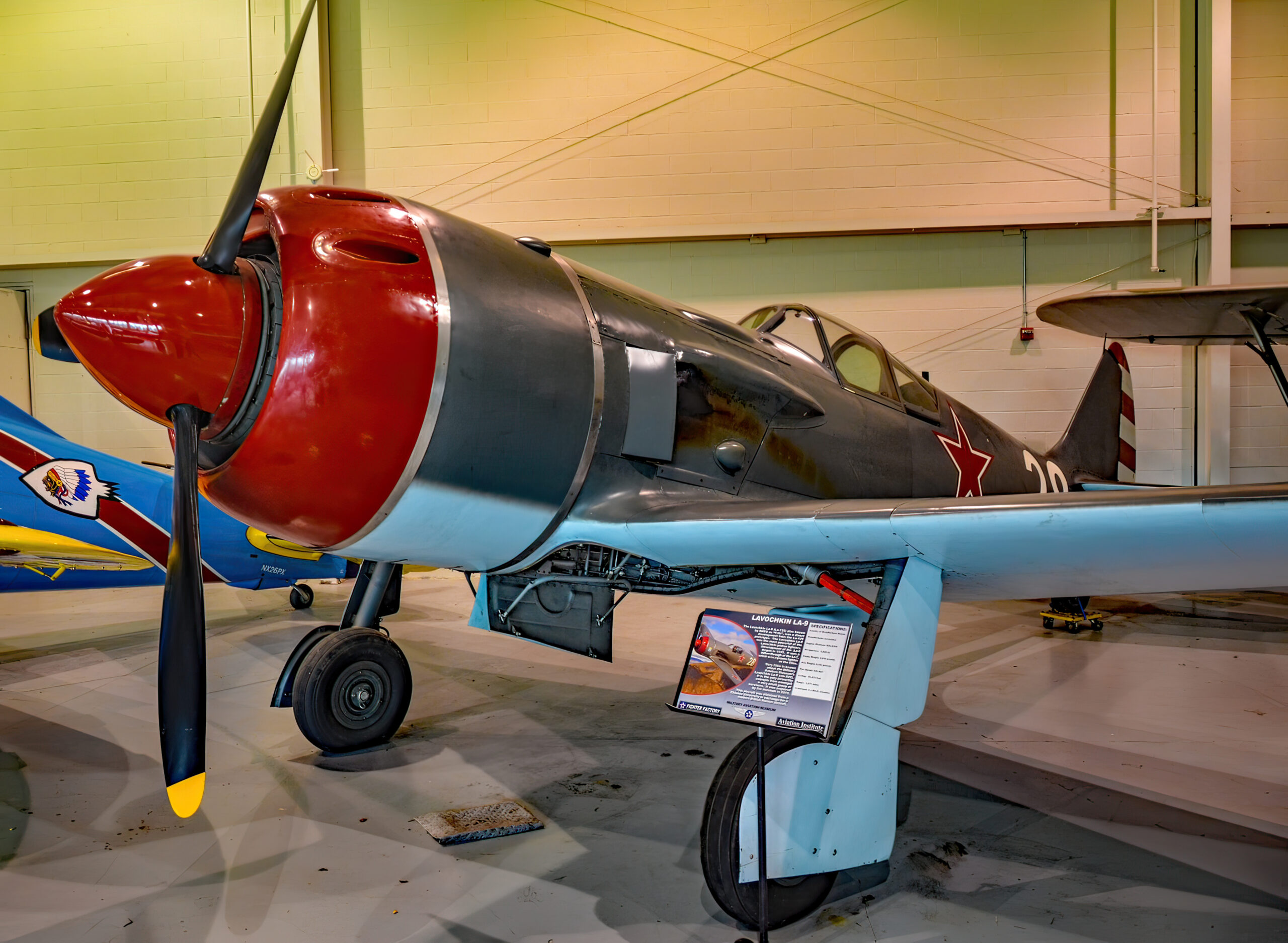
The Final Curtain of the Piston Epoch
The 1950s ushered in the jet age in full swing. Jet fighters rapidly claimed their spots as the backbone of global air forces. With this tectonic shift, the La-9 and its piston-engine peers gradually stepped out of the spotlight.
The official retirement of the La-9 in 1959 signaled the closing act of the piston-engine drama in the Soviet Union. The La-9, a formidable machine in its heyday, bowed to the advancing world moving at jet speed. Despite the changing tides, the La-9’s illustrious legacy echoes in the annals of aviation history.
Undoubtedly, the Lavochkin La-9 holds a place of honor as one of the final piston-engine fighters conceived before the jet era completely took the reins. Its existence serves as a tribute to the engineering brilliance of the Soviets. As the era of the propeller drew its last breaths, the La-9 continued to glitter in the twilight, emblematic of a time when propellers dominated the azure. While it was among the final entrants in its league, it will forever be remembered as one of the most remarkable.

